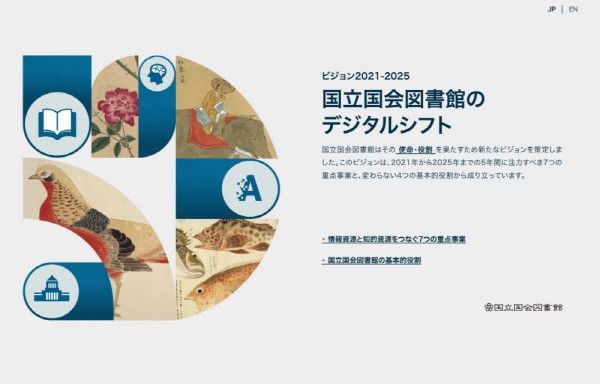Adoption of 'CLOVA OCR' core solution
Investment in deciphering more than 200 million texts and pictures
Accurate recognition of curved arrangement and handwriting
Demonstration of technological com

The 'CLOVA OCR (Optical Character Recognition)' technology, co-developed by NAVER with its Japanese subsidiary LINE, will be brought into the digital transformation project of the National Diet Library of Japan. CLOVA OCR plays a key role in digitally converting hundreds of millions of materials held by the National Diet Library of Japan. It is the result of NAVER's global artificial intelligence (AI) strategy.
LINE announced that CLOVA OCR has been selected as a project solution for the 'National Diet Library Vision 2021~2025: The Digital Shift at the National Diet Library.’ It is a project to digitally convert more than 223 million pieces of 2.47 million materials owned by the National Diet Library of Japan.
The National Diet Library of Japan plans to support users to easily find the library's materials through the digitization project. The goal is to dramatically expand the access to digital data for the vulnerable social group, such as the visually impaired and the elderly.
Most of the digitally converted materials are from before the 1950s. LINE explained, “Because the layout of the targeted documents is complex, existing OCR without a learning function cannot participate in this project.” The adoption of CLOVA OCR technology proved the competitiveness of AI technology of NAVER and LINE.
'CLOVA' is a common name for AI services developed by NAVER and LINE. It was jointly developed by Korean and Japanese researchers. In Korea, NAVER, and in Japan, LINE, are in charge of the CLOVA business. OCR is a technology in which AI recognizes characters or pictures collected by a camera.
CLOVA OCR, which provides character recognition in Korean, Japanese, and English, is evaluated as the world's best in document analysis and recognition. By analyzing the document layout and estimating the reading order direction, it accurately recognizes curved, slanted, and cursive characters. It reads standardized receipts and registration certificates as well as children's books with pictures and letters.
CLOVA OCR is highly competitive, winning the world's first place in four fields in 2018 at the competition 'ICDAR' hosted by the International Association for Pattern Recognition. In Korea, it is used for NAVER services, banks, hospitals, public institutions, and major corporate businesses.
LINE emphasized, “CLOVA OCR can provide the optimal OCR model for the items required by the National Diet Library of Japan project in a fast and high quality.”
In recent years, NAVER has increased its investment to secure world-class AI technology. In 2019, it started the 'AI R&D Belt' linking Korea (NAVER) - Japan (LINE) - Vietnam - and France. This is in response to the technological domination of big technology companies in the US and China, such as Google, Facebook, Amazon, Tencent, Baidu, Alibaba Group, and Huawei.
This year, the supersized AI strategy was launched under the name of 'Hyper CLOVA'. Last year, it was the first Korean company to provide a supercomputer with 700 peta FLOPS (PF) performance, which is capable of processing large amounts of data.
Hyper CLOVA can train a large amount of data on a single 'big model'. Whereas the existing deep learning developed AI by securing and refining data for each problem or topic to be solved, Hyper CLOVA learns a large amount of data from a single model and applies it to various problems.
It is possible to simultaneously develop efficiency and scalability in AI development. NAVER and LINE are using Hyper CLOVA to respectively train Korean and Japanese to AI.
By Staff Reporter Siso Kim
(siso@etnews.com)